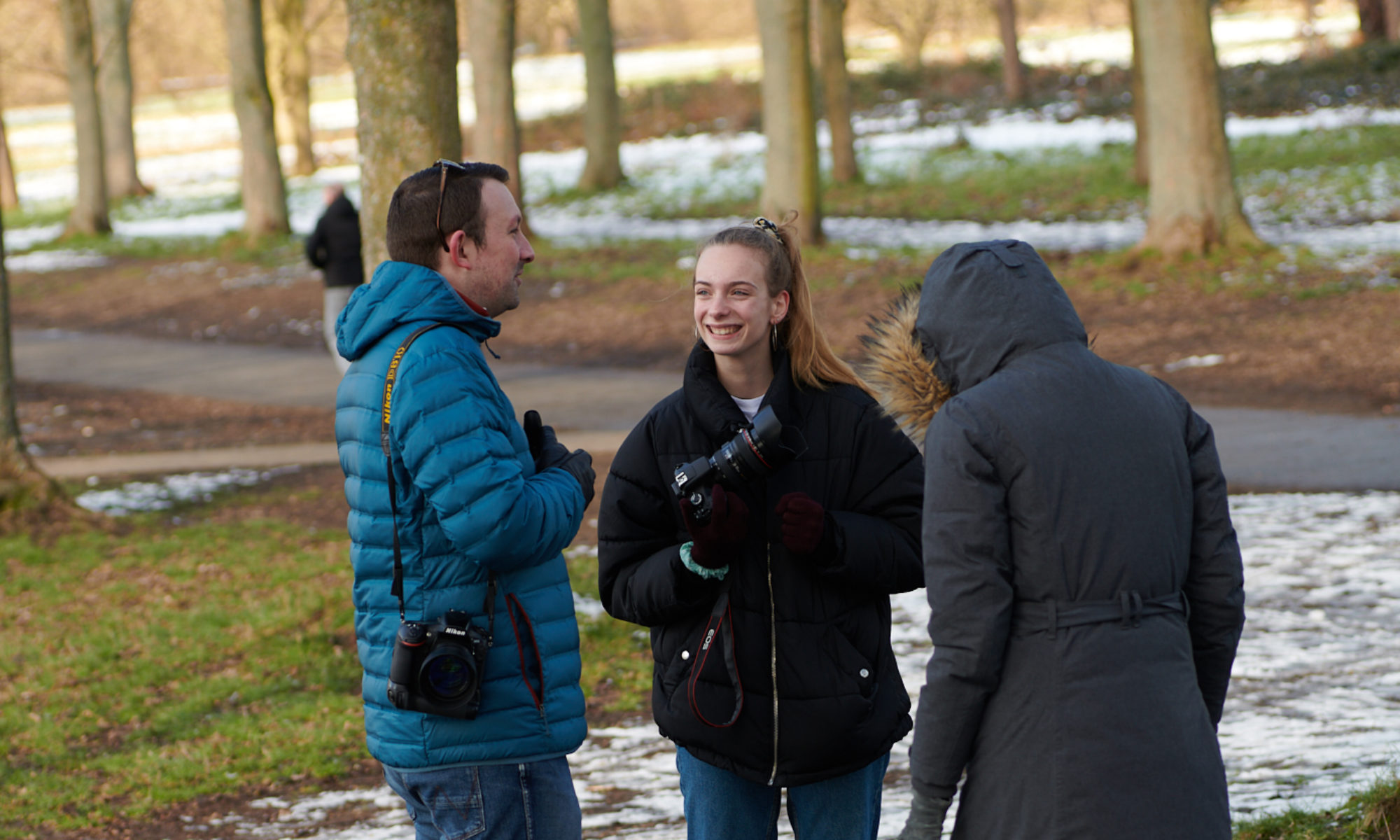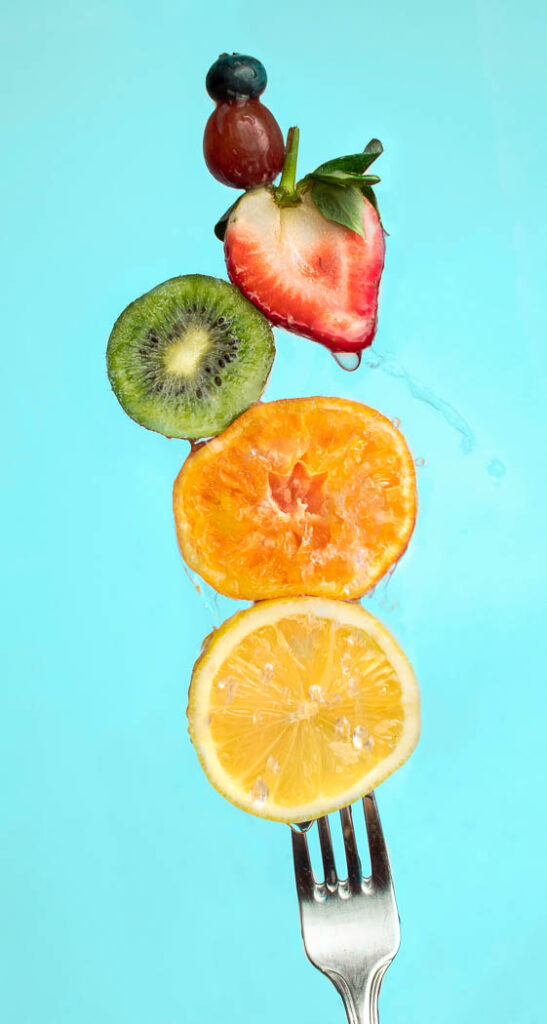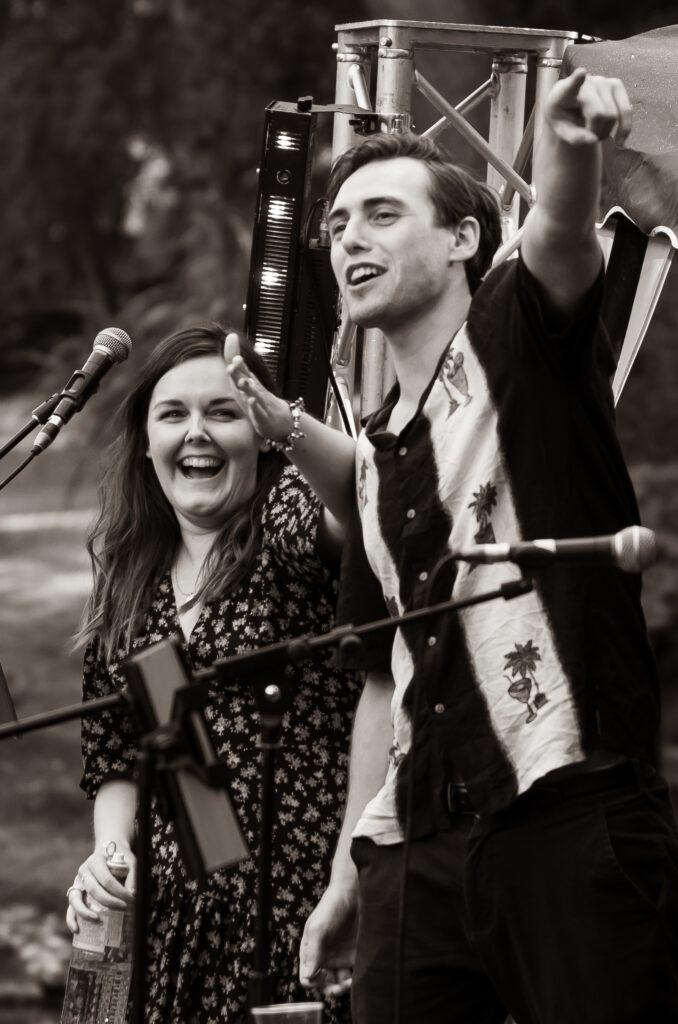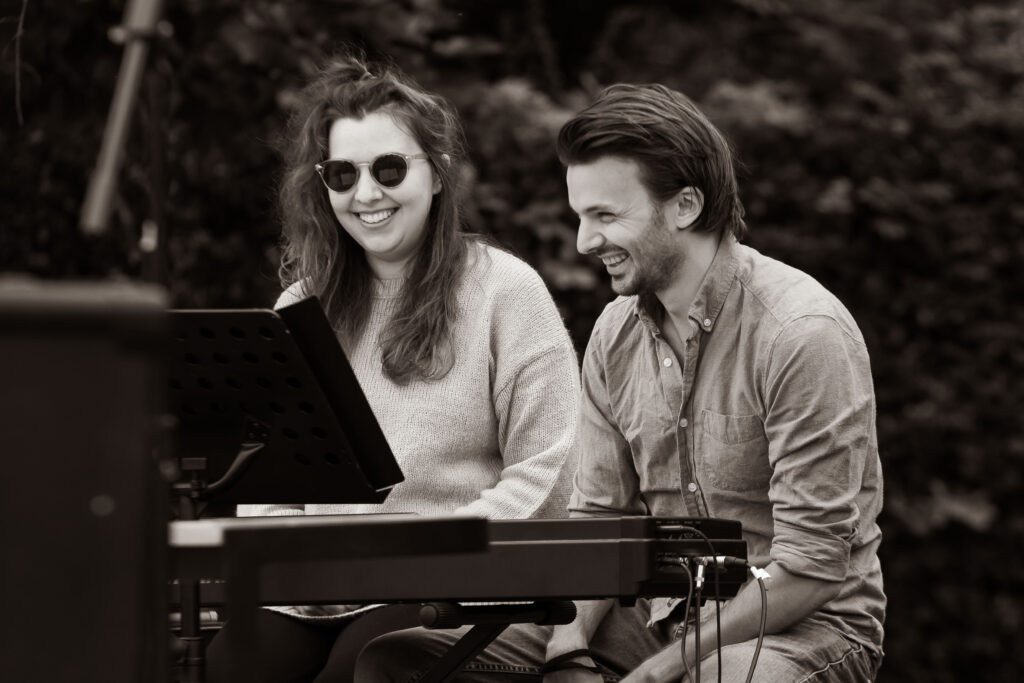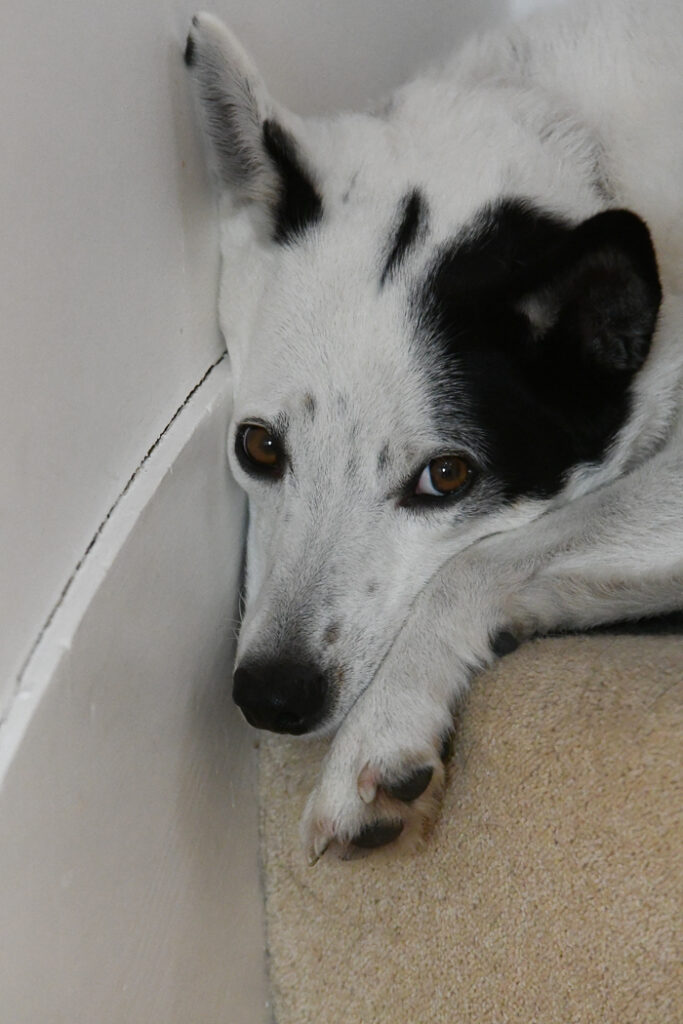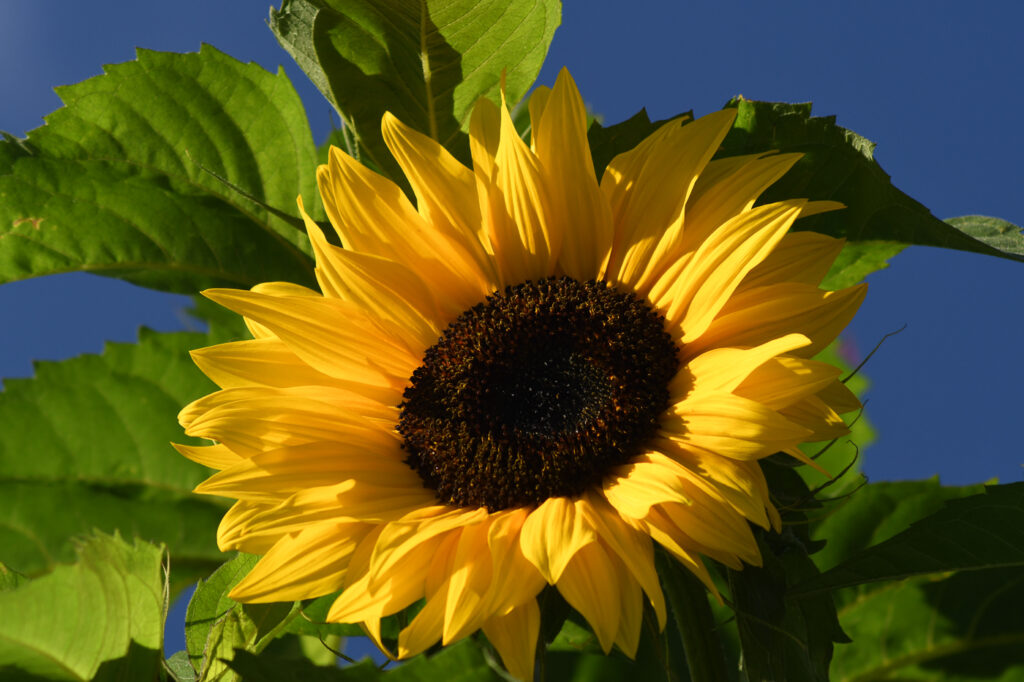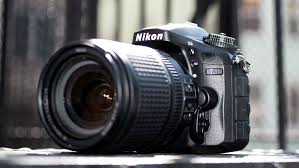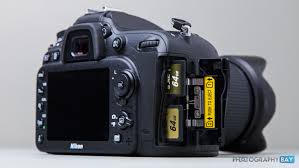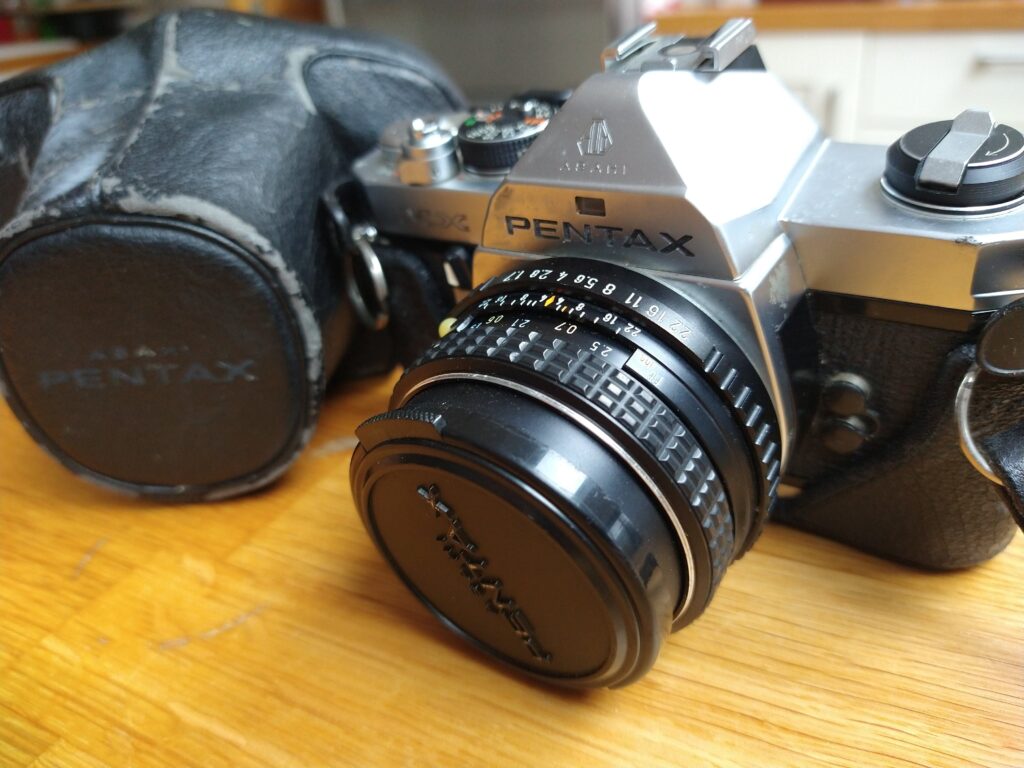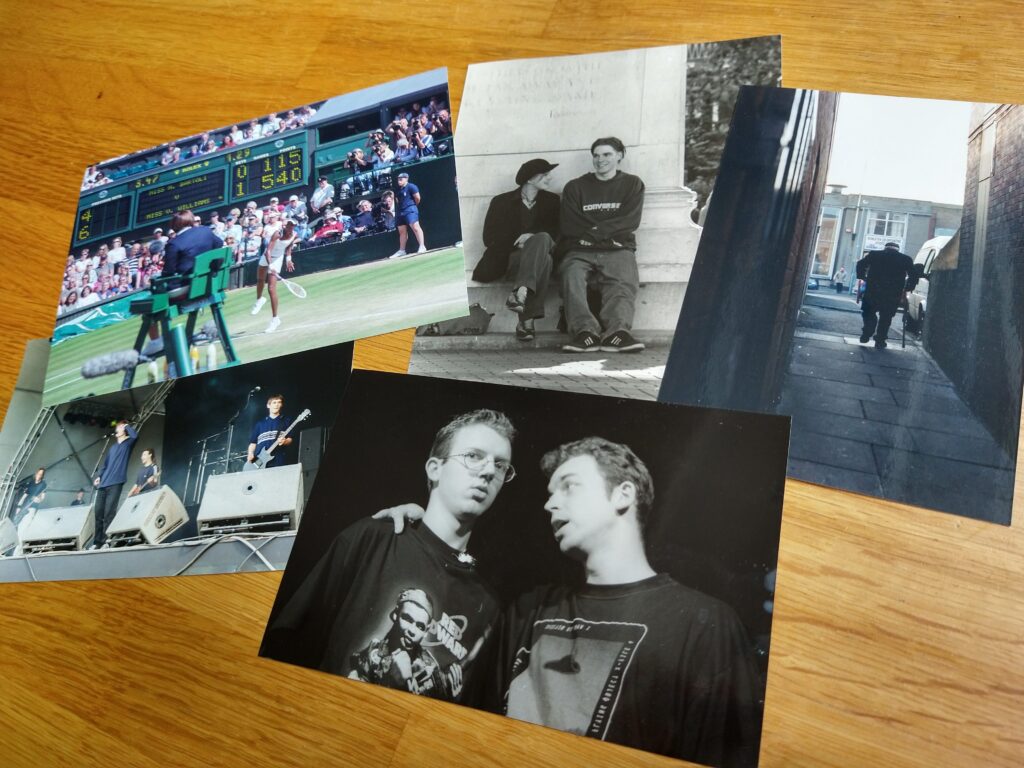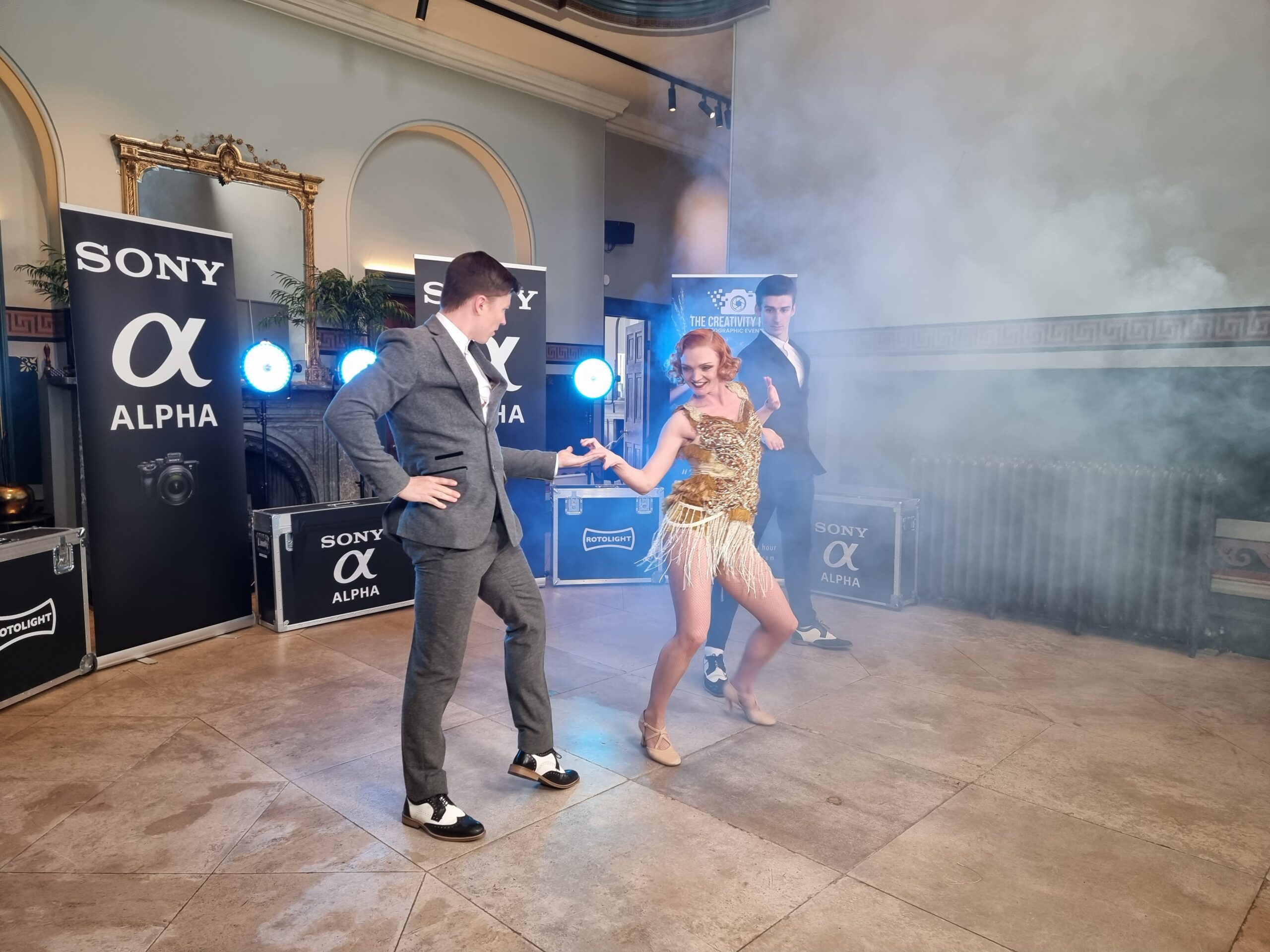
A Year on Tour
Anthony Highet blogs about hosting photographic events across the UK….
The eagle-eyed of you may have noticed that I wasn’t attending meetings as often last season, and the truth is, I can’t see that improving much this coming season either. So I just wanted to share this blog to explain where I’ve been.
For a little over a year I have been lucky enough to hold the role of ‘Operations Director’ at Creativity Hub Events, a premium fashion photographic events company that delivers awesome events for photographers of all standards to empower their portfolio all over the UK.
I can hear you all asking, “but what do you actually do?”
Well, in simple terms, I am responsible for the day to day running of the business, project delivery, finance, insurance, on site health & safety and logistics.
Believe it or not, I was quite reluctant when first asked to join ‘The Hub’…lot’s of self doubt filled my mind, am I capable, am I talented enough, will people take me seriously? And in truth, I still struggle with the dreaded ‘imposter syndrome’ ahead of every event.
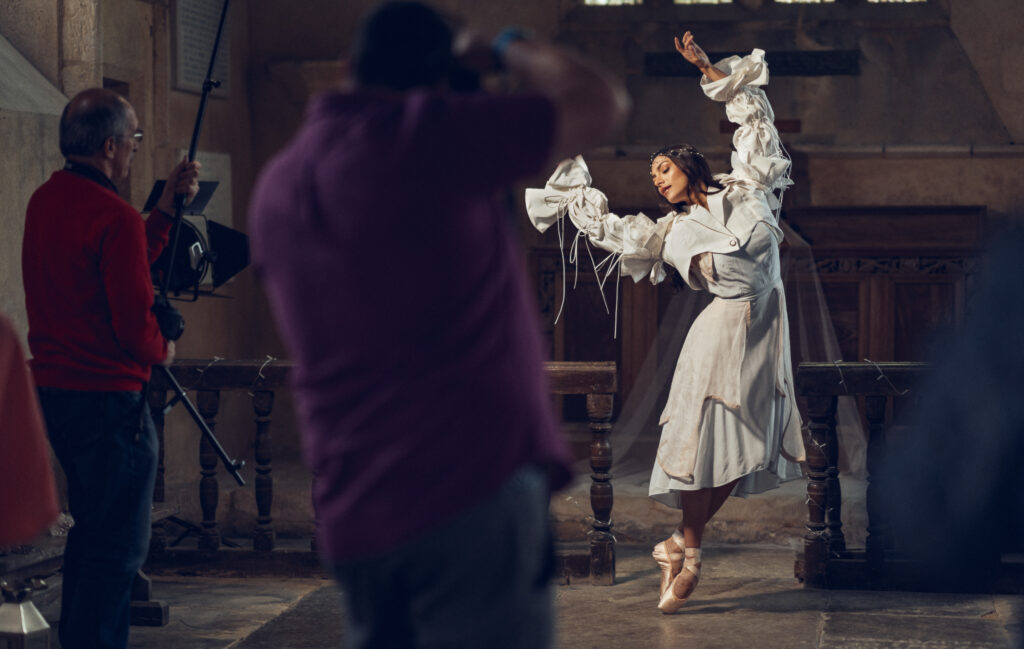
But would I change it? Should I have said ‘NO’? Absolutely not! Thanks to my amazing colleagues, and the incredible spectrum of people across the photographic industry that I get to work with every day, I have discovered skills and abilities that I didn’t know I had in my locker, and together with my team we’re achieving some amazing things that we were told were impossible.
Some may even remember myself and my colleagues presenting a taster session at Croxley in the New Year? Well, rather than repeat that session, I just wanted to share a little update about my rollercoaster journey over the last 12 months, and what adventures the next 12 months might entail…
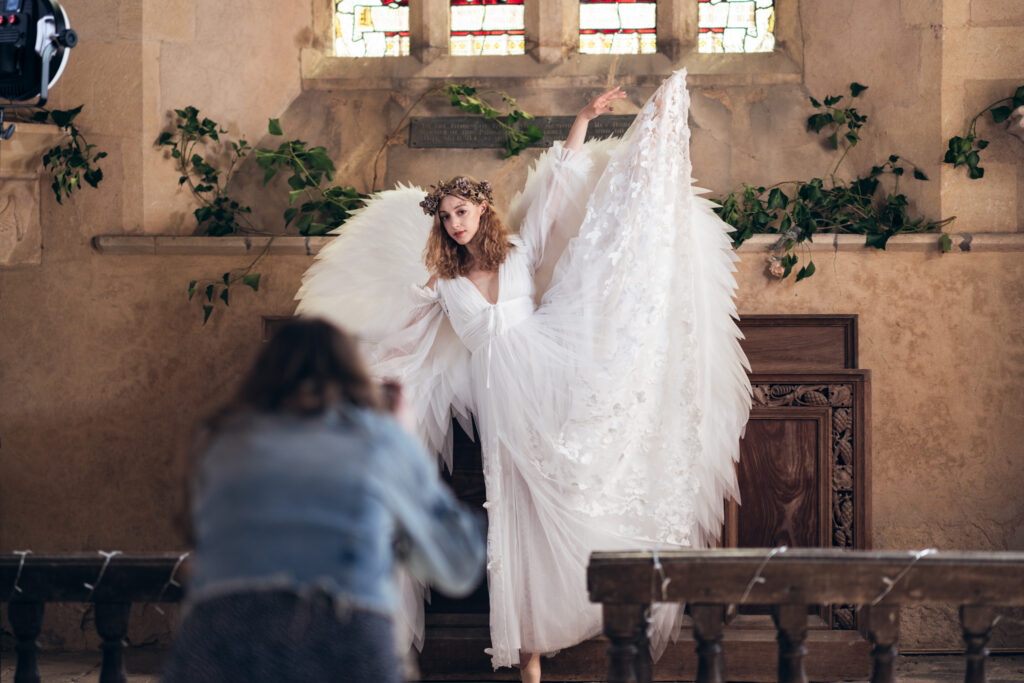
And what a rollercoaster the last 12 month have been, it feels incredible to sit back and look at our progress over the last 12 months. From emerging from lockdown with our sold out ‘Daydream Believers’ fantasy themed event in July 2021, located in a stunning Treehouse with Forest surroundings…hobbling together any lighting that we could find. To our huge Art-Deco ‘Roaring Twenties’ event at the beginning of this year with our new lighting partner, Rotolight’ providing us with the most technologically advanced LED lighting available. Demand was so huge we had to run the event across 5 days, and then Sony got in touch.
Yes you read that right…Sony! The message read; “We loved your Twenties event, please can we hire you to host that same event for our Sony Alpha Ambassadors?” Some of you may have even seen us in a variety of photography magazines over the last few months. This year has been such a sharp upward trajectory that I often have to pinch myself to check that I’m not dreaming. It’s been one hell of a ride.
So where is next on the tour? Well, the trajectory only get’s steeper! Having just wrapped our sold out Utopia event in Northamptonshire, some of my colleagues are currently exploring secret locations in Italy ahead of the launch of our newest venture, ‘Creativity Hub Escapes’ where we will be providing photographic holidays for people who want to escape the norm from 2023. Of course, I wish I was out there exploring with the team…but someone has to run the show back home!
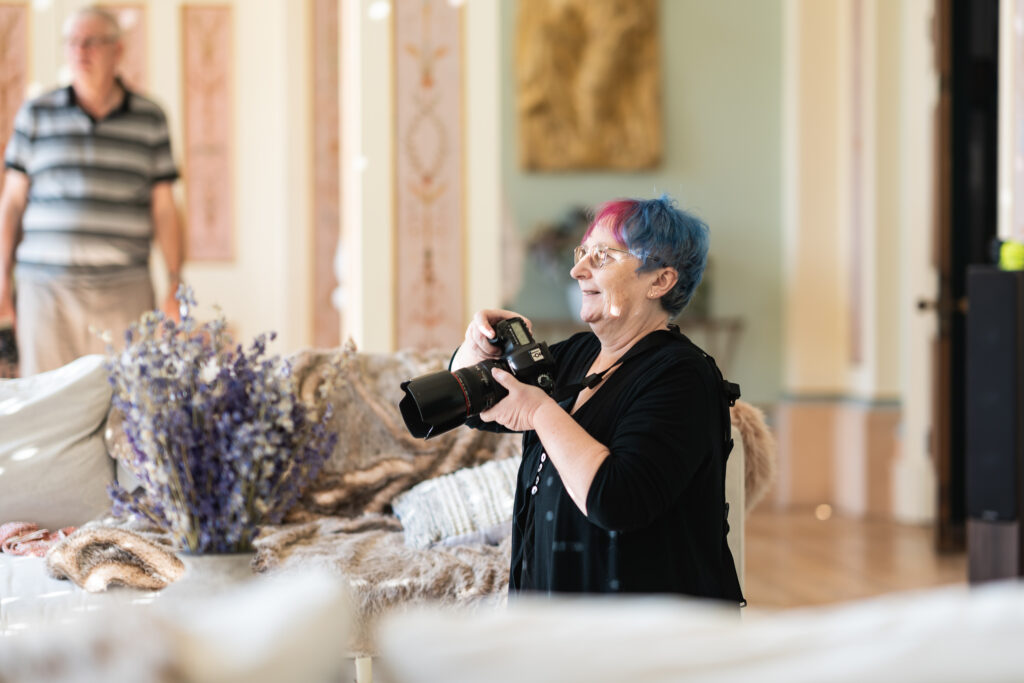
I’m also really excited about our next event which is on ‘home turf’, in Bushey. A 1940’s inspired immersive fashion experience, ‘Fashion on the Ration’ complete with air raid shelter, authentic military vehicles, dancers and some of the best agency fashion models in the country, it’s going to be an amazing show. And from there, it’s the big one. The biggest project I’ve ever managed in my career to date…we will be exhibiting at The Photography Show at the NEC with Sony & Rotolight. Someone pinch me…I can actually say that Sony…THE Sony is one of our customers!
So why am I telling you all this? Well, until 2017 I had never photographed a model, the thought seemed completely alien to me at the time. Until I joined Croxley Camera Club, and I attended one of the club studio evenings hosted by John Flynn. His advice that cold February night still rings out to me as the moment in time that changed my life entirely…
“Use these settings, point the camera that way, push this button”
Thank you John, and thank you Croxley Camera Club x
